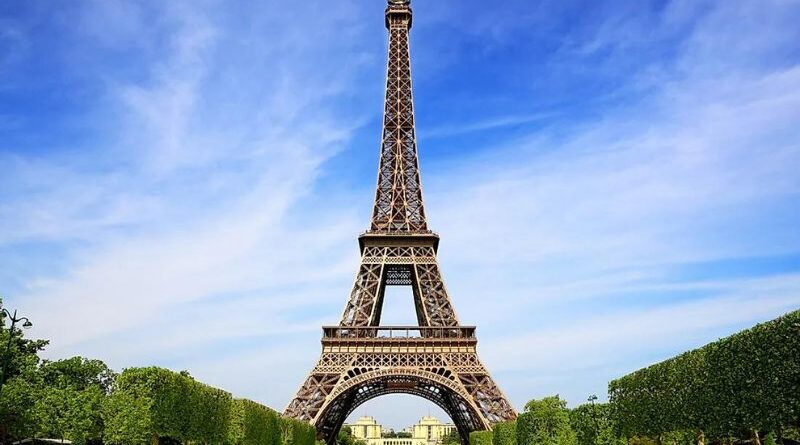Most Remarkable Buildings Around the World – Architectural marvels transcend time, serving as enduring symbols of human ingenuity and cultural identity. The world is adorned with remarkable structures, each telling a unique story of history, purpose, and innovation. From the ancient wonders of Asia to the iconic landmarks of modern times, these buildings stand as testament to humanity’s ability to create awe-inspiring structures that capture the imagination. As we embark on a journey to explore the most remarkable buildings around the globe, we will delve into the architectural mastery, cultural significance, and historical contexts that make these structures not just monuments, but living testaments to the creativity and aspirations of civilizations past and present. Join us in unraveling the tapestry of human achievement through the lens of these extraordinary edifices.
Most Remarkable Buildings Around the World
The Burj Khalifa (Dubai, UAE)
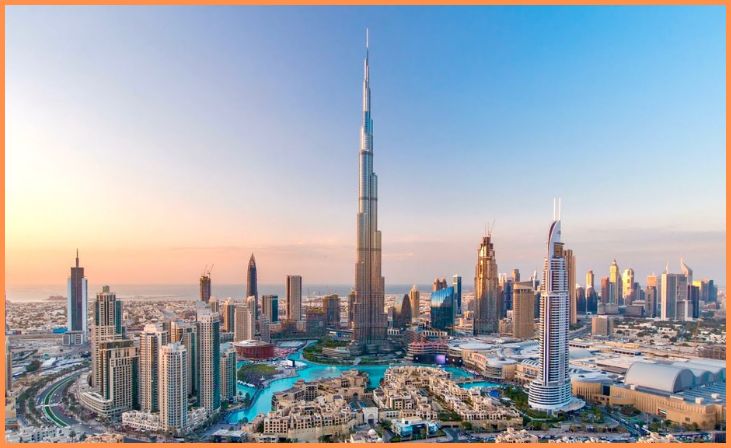
The Burj Khalifa in Dubai, UAE, stands as the world’s tallest building, soaring to a height of 828 meters (2,717 feet). Completed in 2010, its sleek and futuristic design, crafted by architect Adrian Smith, symbolizes modern innovation. The skyscraper boasts 163 floors and houses residential, commercial, and hospitality spaces. Its exterior features a distinctive Y-shaped structure, and its observation decks provide panoramic views of the city. The Burj Khalifa has become an iconic landmark, embodying Dubai’s ambition and architectural prowess on the global stage.
Also, Read – 8 Best Pacific Northwest Luxury Resorts for an Unforgettable Stay
The Great Wall of China (China)

The Great Wall of China, a monumental architectural marvel, spans thousands of miles across northern China. Built over centuries by various dynasties, the wall serves as a symbol of China’s rich history and strategic defense. Constructed to protect against invasions, the Great Wall features watchtowers, fortifications, and natural barriers, showcasing remarkable engineering. It traverses diverse landscapes, from rugged mountains to vast plains. While not a single continuous wall, its various sections collectively form an awe-inspiring testament to ancient Chinese craftsmanship. Designated a UNESCO World Heritage Site, the Great Wall remains an enduring symbol of China’s cultural heritage and is visited by millions each year.
The Taj Mahal (Agra, India)

The Taj Mahal, located in Agra, India, is a sublime testament to love and architectural brilliance. Commissioned by Mughal Emperor Shah Jahan in memory of his beloved wife Mumtaz Mahal, it was completed in 1653. Crafted from pristine white marble, the mausoleum features intricate carvings, domes, and minarets, creating a harmonious and symmetrical design. The central dome crowns the structure, while four minarets frame the mausoleum elegantly. The Taj Mahal’s reflection in the surrounding pools enhances its ethereal beauty. Recognized as a UNESCO World Heritage Site, the Taj Mahal stands as an enduring symbol of India’s rich cultural heritage and remains one of the world’s most iconic landmarks.
The Sydney Opera House (Sydney, Australia)
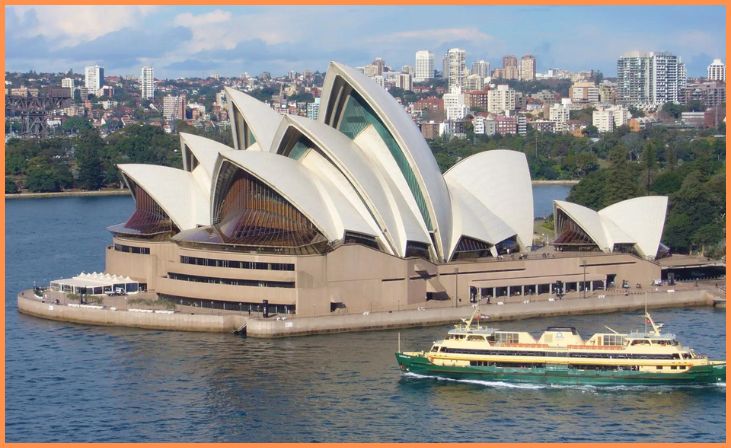
The Sydney Opera House, an iconic masterpiece in Sydney, Australia, is a global symbol of architectural innovation. Designed by Jørn Utzon and opened in 1973, its distinctive sail-like shells overlook the Sydney Harbour. This UNESCO World Heritage Site harmoniously blends modernist, expressionist, and minimalist architectural styles. The complex comprises multiple performance venues, including a concert hall and opera theatre. Its unconventional design challenges traditional norms and has become a cultural landmark. The Sydney Opera House hosts a diverse range of artistic performances and events, drawing visitors from around the world to experience its unique architectural grandeur and contribute to Australia’s vibrant cultural scene.
The Guggenheim Museum Bilbao (Bilbao, Spain)
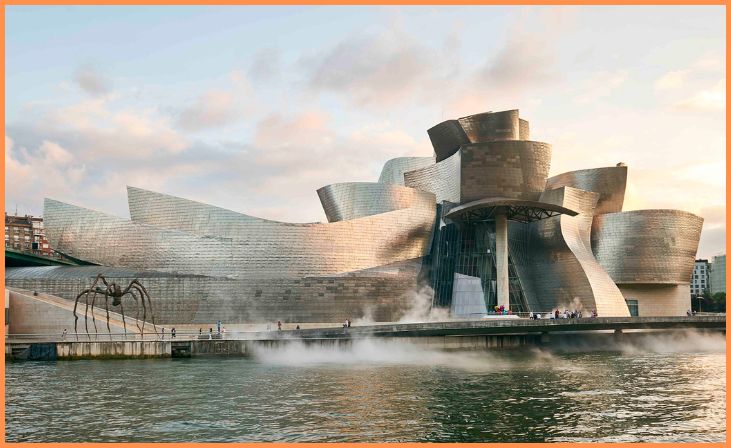
The Guggenheim Museum Bilbao, situated in Bilbao, Spain, is a groundbreaking architectural marvel designed by Frank Gehry. Opened in 1997, the museum’s avant-garde design features undulating curves and titanium panels, creating a visually stunning and dynamic exterior. The innovative structure has had a profound impact on contemporary architecture, earning acclaim for its daring and imaginative form. Inside, the museum showcases an impressive collection of modern and contemporary art. The Guggenheim Bilbao’s transformative influence extends beyond its artistic offerings, playing a vital role in the revitalization of Bilbao’s urban landscape and establishing itself as a symbol of architectural innovation and cultural prestige.
Also, Read – The 7 Greatest Spots In The Adirondacks For Overnight Camping
The Colosseum (Rome, Italy)
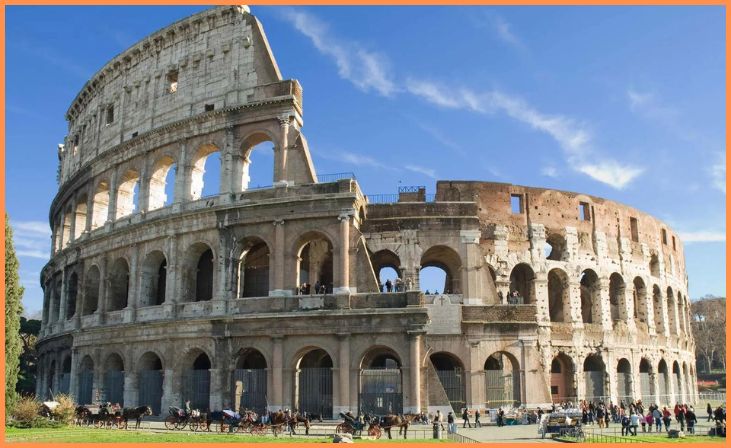
The Colosseum, an ancient Roman amphitheater in the heart of Rome, Italy, is a symbol of architectural grandeur and historical significance. Completed in AD 80, it could accommodate up to 80,000 spectators for gladiator contests and public spectacles. This elliptical amphitheater, also known as the Flavian Amphitheatre, showcases impeccable Roman engineering with its tiered seating, arched façades, and intricate system of corridors and tunnels. Despite centuries of natural disasters and human activities, the Colosseum remains remarkably well-preserved, reflecting the ingenuity of ancient Roman construction. A UNESCO World Heritage Site, it stands as a testament to Rome’s cultural legacy and continues to attract millions of visitors each year.
The CN Tower (Toronto, Canada)

The CN Tower, a defining landmark in Toronto, Canada, stands as an engineering marvel and an integral part of the city’s skyline. Completed in 1976, it held the title of the world’s tallest free-standing structure for many years. Rising to a height of 553.3 meters, the tower features a distinctive design with a concrete core and a metal antenna. Its observation deck offers panoramic views of Toronto and Lake Ontario. The CN Tower includes a revolving restaurant and a glass floor, providing visitors with a unique and thrilling experience. A symbol of Canadian achievement, the CN Tower continues to be a popular attraction, drawing both locals and tourists alike.
Conclusion
In closing, the most remarkable buildings around the world are not merely architectural wonders but living narratives etched into the fabric of our collective history. From the enduring marvels of the past to the cutting-edge structures of the present, these monuments stand as testaments to human creativity and resilience. They bridge cultures, inspire awe, and remind us of the boundless potential within the realms of design and construction. As we celebrate these landmarks, we acknowledge their enduring impact on global heritage and recognize the profound role they play in shaping our shared human story.
FAQs
Remarkable buildings often possess exceptional architectural design, historical significance, cultural importance, or groundbreaking engineering. They stand out for their unique features and the impact they have on the surrounding environment.
Remarkable buildings serve as cultural symbols, landmarks, and historical artifacts. They contribute to the identity of a place, attract tourism, and showcase human achievements in architecture and engineering.
Determining the “most remarkable” building is subjective, as it depends on individual perspectives. However, iconic structures like the Great Wall of China, the Taj Mahal, and the Eiffel Tower are often recognized for their global significance.

